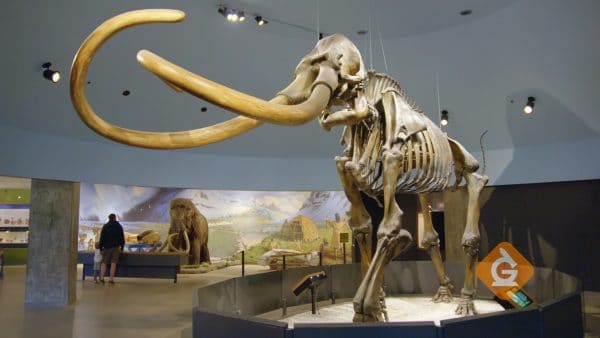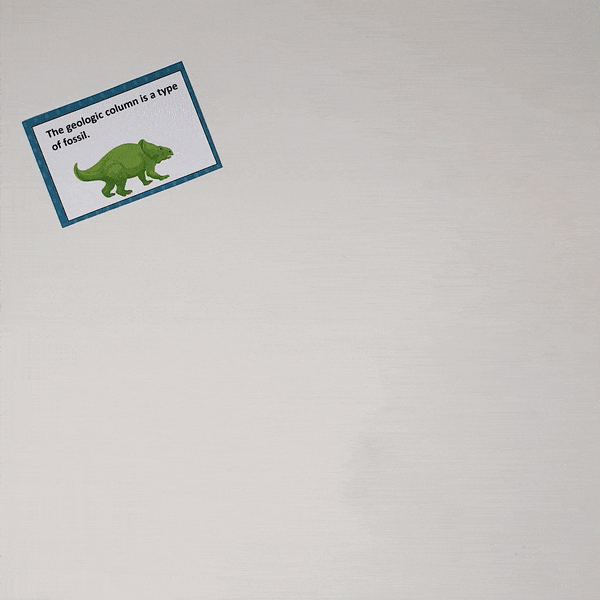Fossils Evidence of Earth's History
Students will be able to analyze and interpret data from fossils to provide evidence of the organisms and the environments in which they lived long ago.- Some kinds of plants and animals that once lived on Earth are no longer found anywhere. This is called extinction.
- Fossils provide evidence about the types of organisms that lived long ago and also about the nature of their environment
Fossil Evidence
- Examples of data could include types of fossils, size, and distributions of fossil organisms. Examples of fossils and environments could include marine fossils found on dry land, tropical plant fossils found in Arctic areas, and fossils of extinct organisms.
- Fossils are the remains or traces of plants and animals that live a long time ago. Fossils help scientists understand what life was like millions of years ago. Some fossils provide evidence of living things that have gone extinct, which means they no longer found alive anywhere on earth today.
This complete unit will help you teach your third or fourth-grade science class about fossils!
A fossil is the remains or traces of prehistoric life.

Fossils are the preserved remains of an animal, such as the animal’s bones, or impressions of the animal’s activities, such as footprints. Even poop can be considered a fossil.
It’s important to remember that plants can be fossils too!
Fossils can be found all over the world, however, there are areas that have a lot more fossils than other areas.
Scientists can learn a lot about the history of life from fossils, such as what types of animals live in a particular location.
We know that the area that is now Mt. Everest was once at the bottom of the sea because scientists found fossils of ocean animals there.
By looking at the teeth of extinct animals, scientists are able to determine their diet. When fossils with long pointed teeth are found, scientists know that the animal was a carnivore (animals that eat meat). If a fossil with flat, smooth teeth is found, the animal is likely a herbivore (animals that eat plants).
Also, the size and shape of the skull are used to determine the size of an animal. Scientists can even use dinosaur footprints to determine how fast the dinosaur ran, how many legs it had, and if it traveled alone or in groups.
This standards-based unit is aligned with third and fourth-grade science NGSS 3-LS4-1 and 4-ESS1-1 as well as Utah SEEd 4.1.3 and 4.1.4.
NGSS 4-ESS1-1. Identify evidence from patterns in rock formations and fossils in rock layers to support an explanation for changes in a landscape over time.
Also aligned with
Utah SEEdStandard 4.1.3 Analyze and interpret data from fossils to provide evidence of the stability and change in organisms and environments from long ago. Emphasize using the structures of fossils to make inferences about ancient organisms. Examples of fossils and environments could include comparing a trilobite with a horseshoe crab in an ocean environment or using a fossil footprint to determine the size of a dinosaur. (LS4.A)
Standard 4.1.4 Engage in argument from evidence based on patterns in rock layers and fossils found in those layers to support an explanation that environments have changed over time. Emphasize the relationship between fossils and past environments. Examples could include tropical plant fossils found in Arctic areas and rock layers with marine shell fossils found above rock layers with land plant fossils. (ESS1.C)
Other teachers LOVE this unit. It's got nearly 200 perfect reviews on TPT!
"Excellent unit with engaging activities that align with standards. My students loved the readings and labs!"
-Dale H.
"Great for my third and fourth graders. Aligns with standards. Great engaging activities."
-Tina S.
Don't spend your valuable time creating your own unit on fossils - I've done all the hard work for you!









